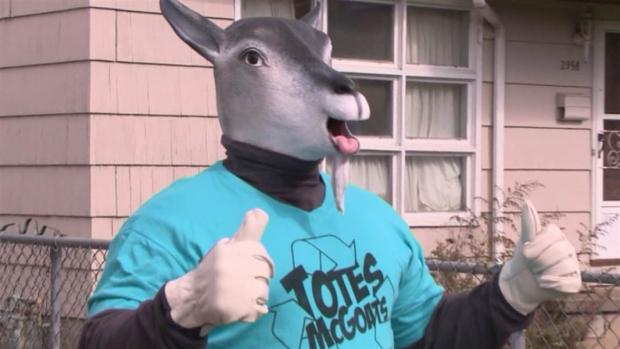On June 2nd & 3rd, 98 people from 6 countries and 25 states converged on the North Carolina State University campus for the 17th Annual Vermiculture Conference. That’s right, people traveled from as far as Micronesia, South Africa, the Dominican Republic, Hawaii, and Mexico to talk about worms and their poo – or castings, rather. According to Rhonda Sherman, NCSU Extension Specialist and conference organizer, a cubic yard of this “black gold” can sell for more than ten times the amount that regular, thermophilic compost can ($400-$1,200 per cubic yard vs. ~$30). This has to do with the great microbial diversity and volume associated with vermicompost. “Vermicompost” is a term for what results from organic materials passing through the digestive system of earthworms (aka castings), plus the material that the worms may miss with their tiny little mouths – beware of anyone that tries to sell you “100% worm castings”.
It’s easy to see how people can get overly excited about vermicompost, leading to blanket statements about what vermicompost can do. The result of the vermicomposting process can be a granular substance with a high moisture holding capacity that slowly releases nutrients and is rich in plant-growth hormones, as well as humus and humic acids. Humus and humic acids are the waste products of microorganisms that are present in vermicompost, but are usually only found in very old, healthy soils. According to Norman Aroncon of University of Hawaii at Hilo, it takes approximately four generations for lava rock to become soil, but only the length of a worm’s digestive system for paper to become soil. Aroncon, who has pioneered research on various benefits to plants from vermicompost amendment, reports that benefits can range from accelerated plant growth, to the suppression of various pests and diseases, and even increased levels of anti-oxidants in food grown in amended soils.
Vermicomposting may also offer some other interesting benefits. Francisco Niembro, co-founder and CEO of Aldea Verde in Queretar, Mexico has been working with rural, poor communities throughout the country to install vermiculture projects to provide economic and social development opportunities. These communities are raising worms for the production of vermicompost that is added to crops like maize, strawberries, and wheat, but also for the worms themselves. In a country where, according to the United Nations’ Food and Agriculture Organization, 1 in 4 people cannot afford to provide for basic nutritional needs, the production of protein-rich worm flour has the potential to be a real game changer. Back in the US, the California-based vermiculture company, The Worm Farm, has dialed in the sale of both worms and vermicompost and soil blends, the latter for the medical marijuana industry. According to co-operator, Mark Purser, growers utilizing The Worm Farm’s top-selling soil mix, which they sell for $120 per cubic yard (worm castings are the fourth ingredient of 10), are seeing 10-12 pounds of harvest from plants grown outside. Business is going so well that it has landed the Purser family on the CNBC series, Blue Collar Millionaires.
Because so much variation exists between vermicomposting systems, feedstocks and localized climates, it’s difficult to make specific claims that extend to all vermicomposts. More research is needed to help unlock the potential of worms and their microsopic entourage. But, as is also true with thermophilic compost, not all vermicomposts are created equally. Proper management is key to avoiding contamination and pathogen issues, which can be achieved by pre-composting, maintaining aerobic conditions in your system, and managing for microbial diversity (instead of letting pathogenic strains take over). And of course, there’s the worm husbandry! Of the over 9,000 identified earthworm species, only 7 list composting as a skillset. Eisenia fetida, also known as the Red Wiggler, is the most commonly used species for vermicomposting. For all those would-be worm wranglers out there, Rhonda Sherman recommends starting small before investing your life savings. How small? “Start by seeing if you can keep one pound of worms alive. Then worry about all the other stuff”, says Sherman.





